
Healthy living
Use our expert advice and recommendations to live your best life every day.
Get startedBy clicking a retailer link you consent to third-party cookies that track your onward journey. This enables W? to receive an affiliate commission if you make a purchase, which supports our mission to be the UK's consumer champion.
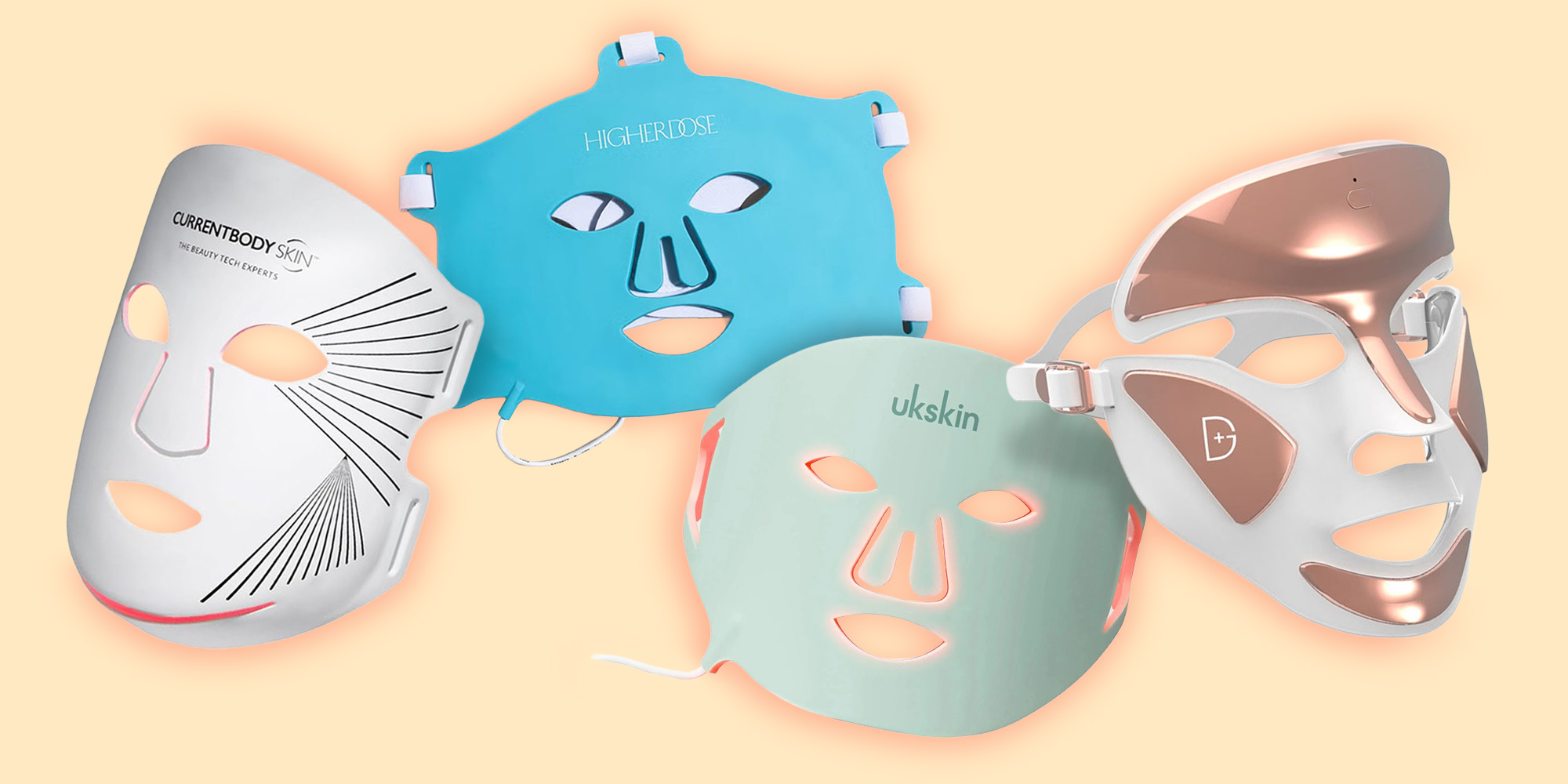
LED face masks make claims to rejuvenate your skin, clear acne, reduce wrinkles and more - using just the power of light.
Heavily promoted by celebrity endorsements and social media influencers - and with often bold marketing claims - these futuristic face gadgets promise a non-invasive solution to a host of skin concerns in the comfort of your home.
We wanted to do what we do best - an independent test to see if they make a measurable difference to real people's skin concerns.
So, for the past few months, we've been running 10 of the most popular models through a series of tests to see whether using an LED mask regularly really does make a difference to your skin, and if some are better than others.
How our tests find you the best
Face scans
We take a 3D facial scan of each of our testers before and after they use the mask for six weeks, and get a dermatologist to analyse the results
Comfort
Regular use is key to get results, so you'll want a mask that's comfy to wear. Our testers rate this so we can identify the comfiest options.
Eye protection
Some LED light can impact your eyes. So we assess the degree of eye protection provided.
We also look into...
any extra features included and what light wavelengths the mask is capable of producing.
We've tested the key products from the big brands at a range of prices.
We’ve tested 10 masks - we're limited in how many we can test because it's a time-consuming and expensive process, but you'll find a good spread of the big hitters from brands such as Shark, Dr Dennis Gross and Theraface, and prices from £140 to £579.
Only logged-in Which? members can view our LED mask test results.
Join Which? to get instant access to our test results and recommendations.
| Mask | Price | Early scan results | Eye Protection | Features | Usage |
|---|---|---|---|---|---|
Sign up to reveal Get instant access to this and all our scores and recommendations Unlock tableDigital £8.99 per month, cancel any time. Already a member? Log in | |||||
| M | |||||
Sign up to reveal
Get instant access to this and all our scores and recommendations
Unlock tableDigital £8.99 per month, cancel any time.
Already a member? Log in
Date tested: Ongoing - testing started in September 2025 and is continuing with fresh rounds of testers. The 'Early scan results' star rating reflects the differences between the scans taken at the start of the trial and after 6-weeks use. This is based on the results of one tester and will be updated based on results of further testers. Page last checked: December 2025. We're not able to show every retailer, and cheaper prices may be available.
A selection of the LED masks we've tested are listed in alphabetical order below.
Only logged-in Which? members can view the best LED masks from our tests so far.
Join Which? to get instant access to our test results and product recommendations.
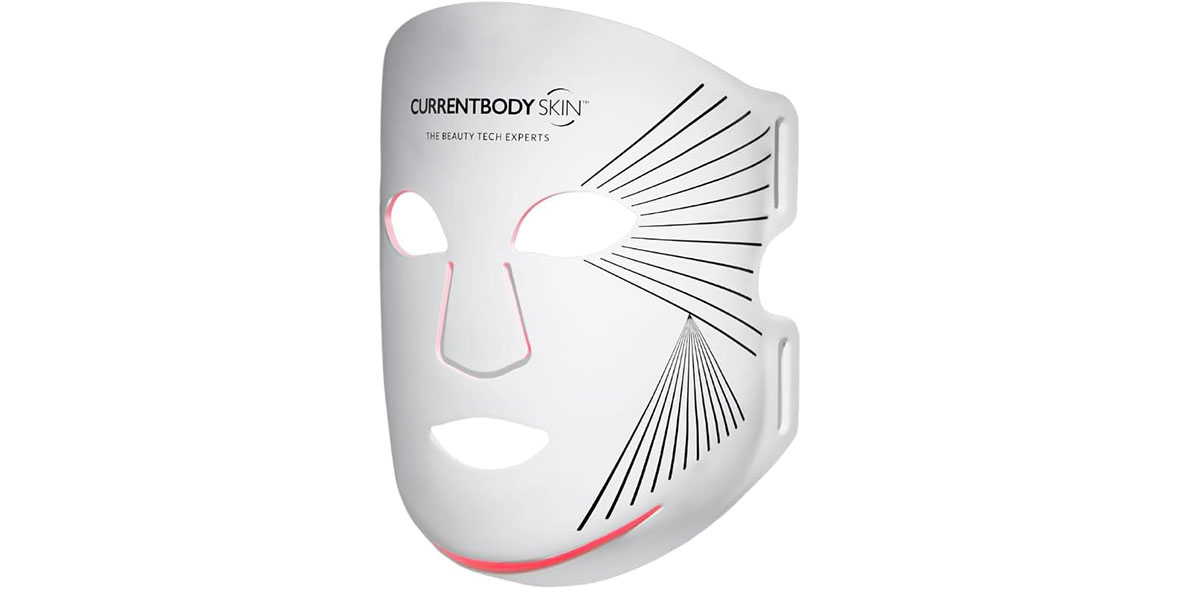
Endorsed by celebrities such as Lily Collins and Kim Kardashian, the Skin Series 2 is a soft mask that offers red, near-infrared and deep near-infrared wavelengths.
Available from Amazon and CurrentBody
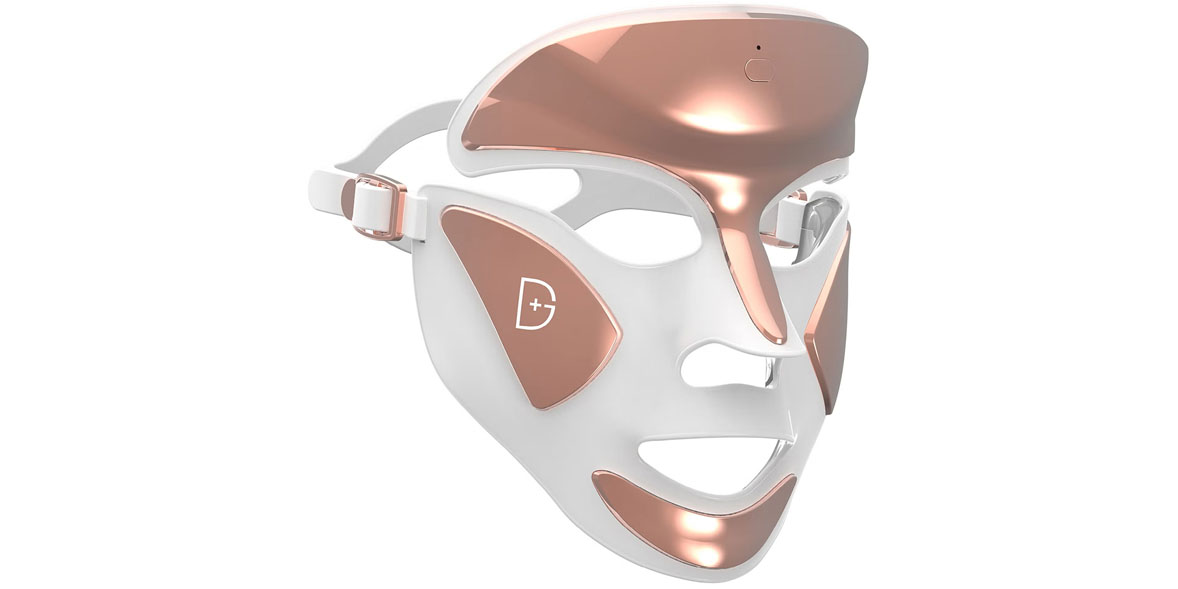
One of the more striking masks on the market, this pricey model includes red and blue LEDs.
Available from Harvey Nichols and Selfridges
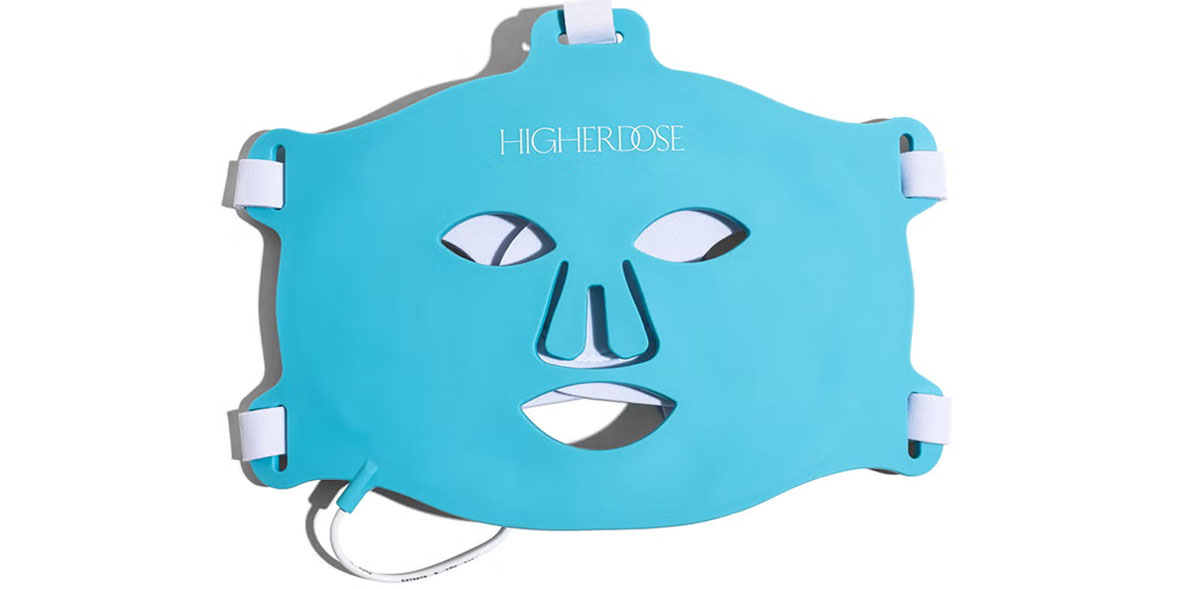
The Higher Dose is a flexible mask that only offers red light treatment.
Available from Cult Beauty, Health and Higher Dose
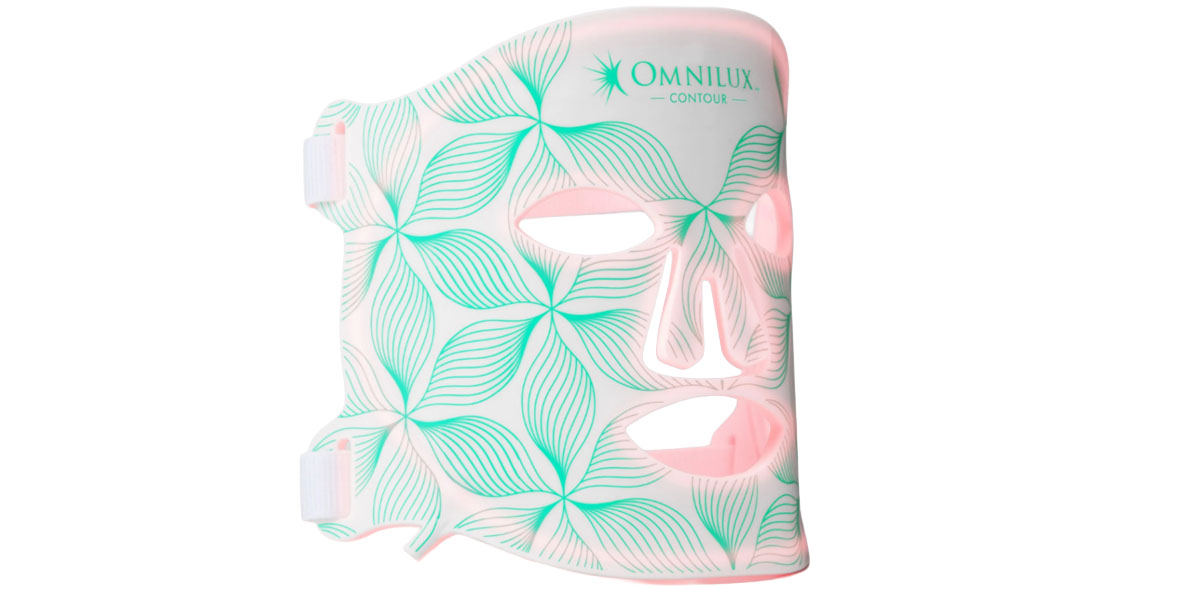
The Omnilux Contour is a flexible mask that combines red and near-infrared light.
Available from Omnilux
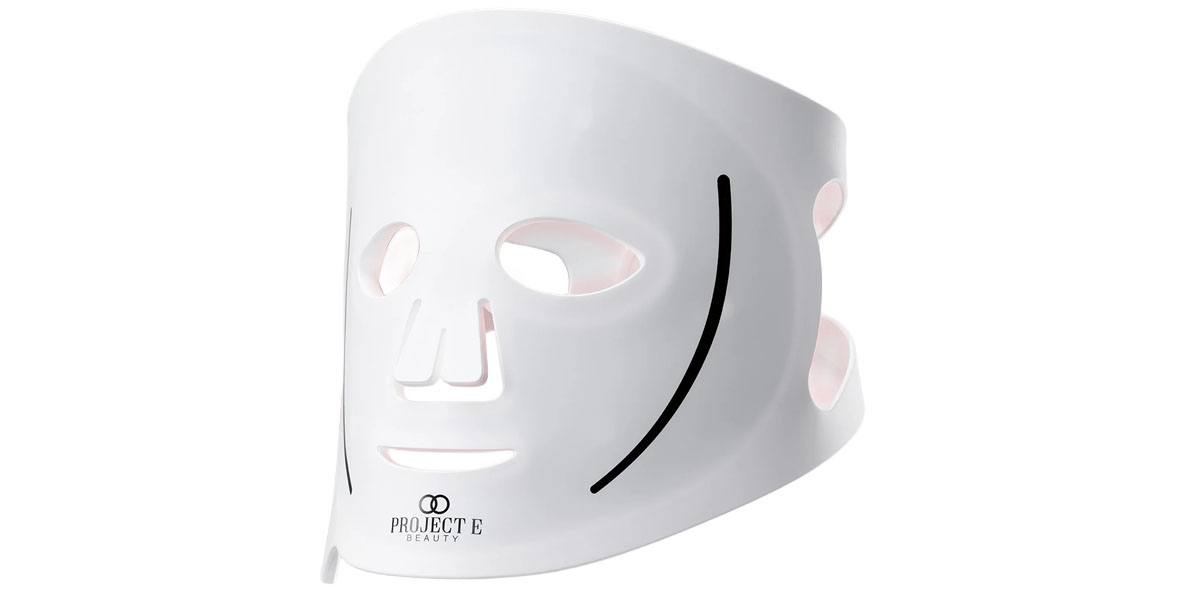
The LumaLux Face Pro is a jack-of-all-trades device that includes red, infrared, deep-infrared, blue, green, purple, cyan, yellow and white wavelengths.
Available from Amazon and Project E
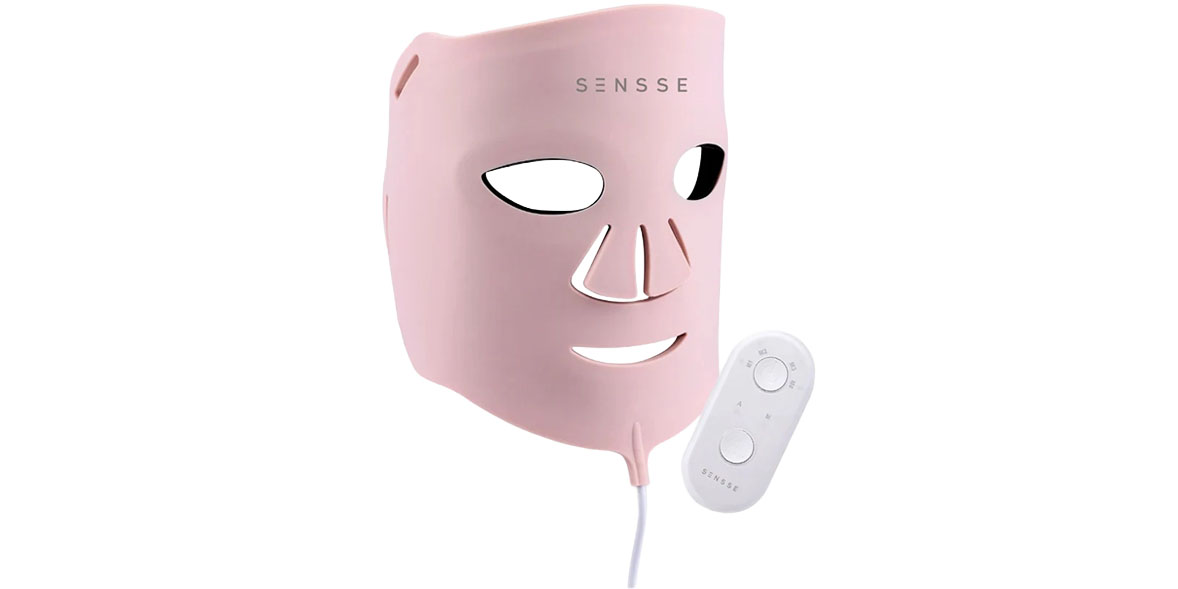
The Sensse Pro costs less than any of the other masks we are testing and includes red, blue, amber and purple wavelengths.
Available from Currys, Boots, LookFantastic and Sensse
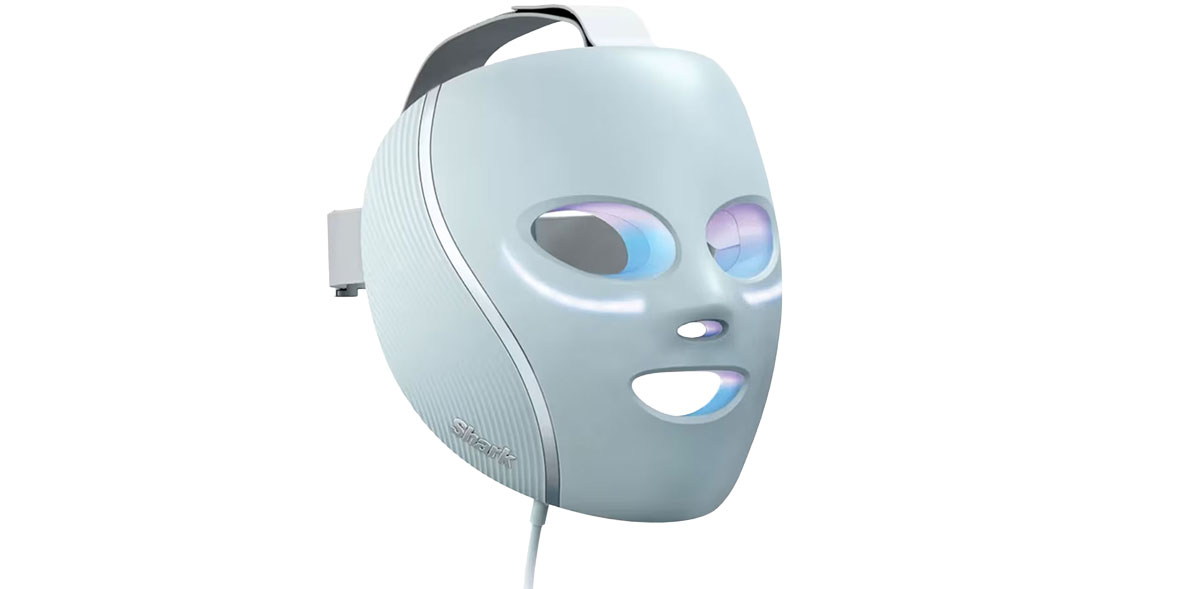
Perhaps best known for its vacuum cleaners, Shark now does a range of personal care products including LED masks. The CryoGlow combines LED light with under-eye cooling.
Available from Amazon, Boots, John Lewis, and Shark
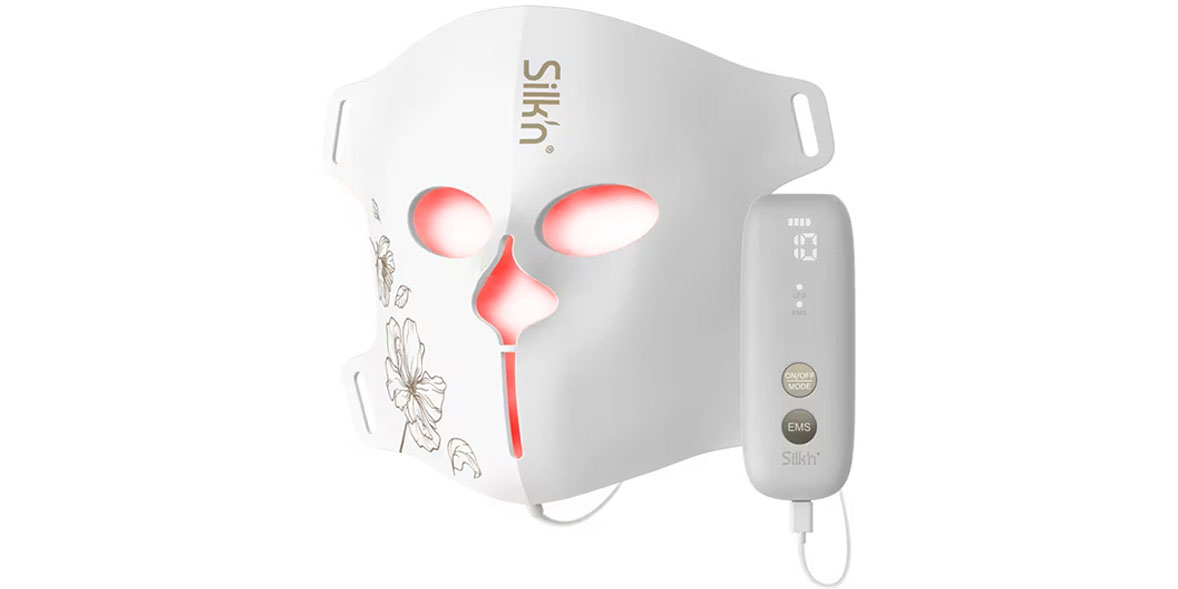
The Silk’n mask combines LED light therapy with electrical muscle stimulation (EMS).
Available from Boots, Currys and Silk’n
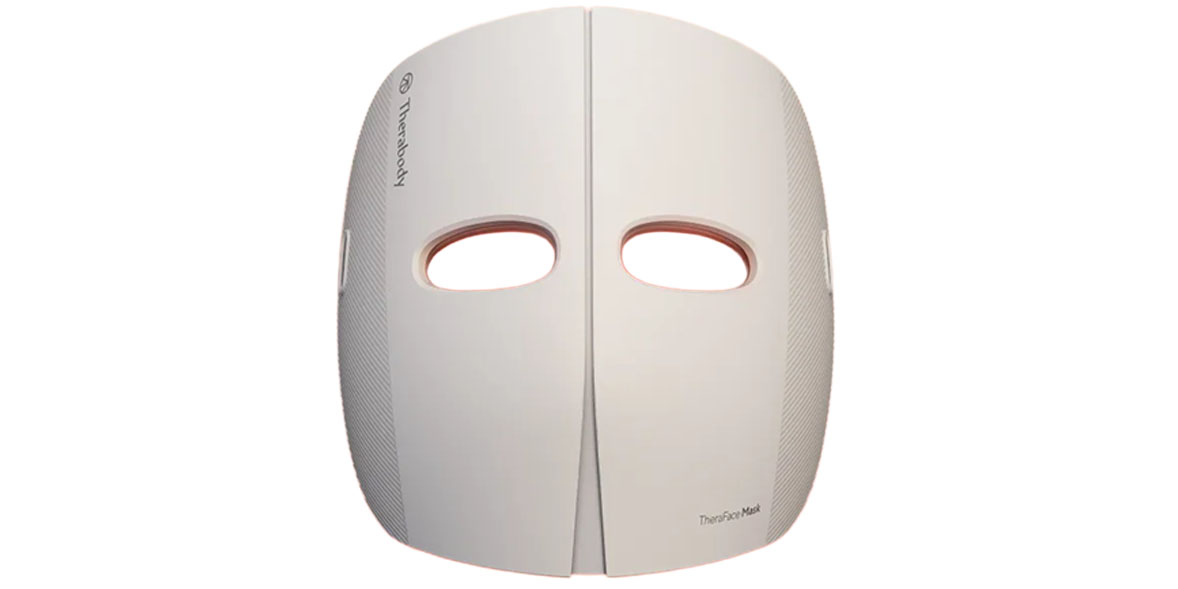
Similar to the Silk’n, the high-end TheraFace combines LED tech with EMS.
Available from Boots, Selfridges, Very and Therabody
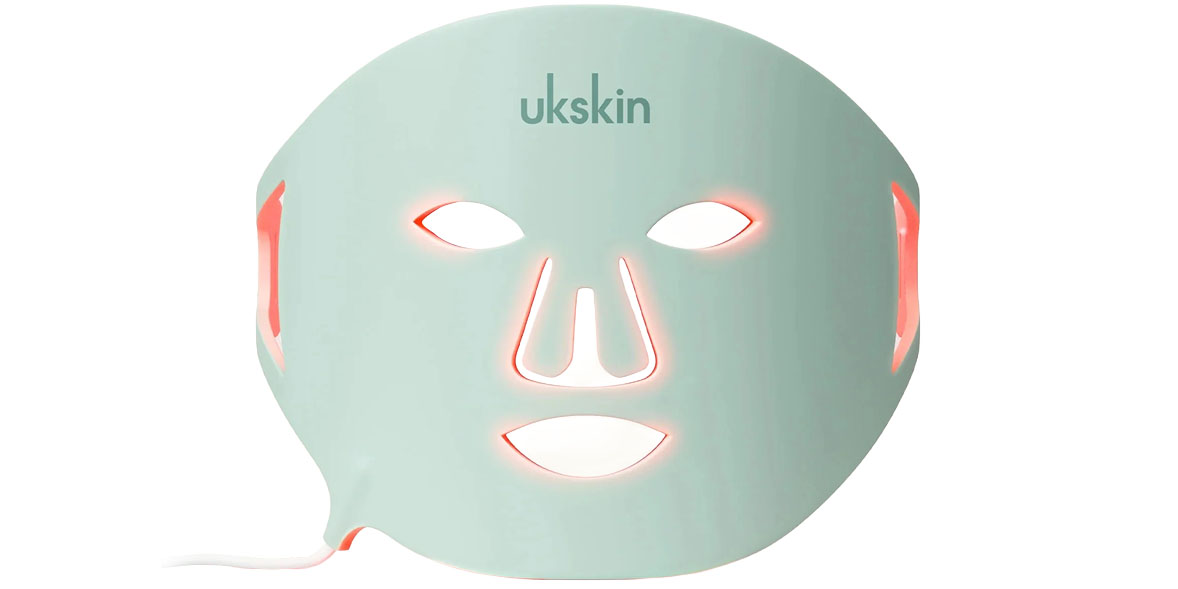
One of the more affordable options available, the UKLash is a flexible mask that features red LED tech.
Available from Boots and UKLash
Best women's razors - see which brands will leave your legs silky smooth, based on our independent tests
So far, we've tested each mask with one volunteer for six weeks. We've got an idea of the masks that show promise and those that don't based on this, but we plan to perform two extra rounds of user testing, with different volunteers, for each mask.
Once we've finished, we'll look at all the facial scan data from the three rounds of testing. This will enable us to be more assured about results being replicated across different people, so you can buy with confidence. We'll be working closely with our independent dermatologist for their expert input on the results.
We recruited a number of volunteer testers to try out popular LED masks. As part of the selection process, we screened out anyone currently on medications that could increase photosensitivity, as well as those travelling abroad during the testing period, to account for any change in sunlight exposure.
We bought all the products ourselves, just like you would, as part of our independent testing policy.
Each of our testers tried out one mask for six weeks and used them regularly as instructed.
Before our testers started using the masks, we took a high-resolution 3D scan of their face. At the end of the six-week period, we took another scan and compared them. We've been working closely with a dermatologist both to develop our test and to analyse the results of the scans.
By comparing the before and after scans, we can determine which areas have improved over the six-week period. The image below shows how wrinkles around the mouth have lessened on one tester between scans (more red / orange indicates deeper wrinkles):
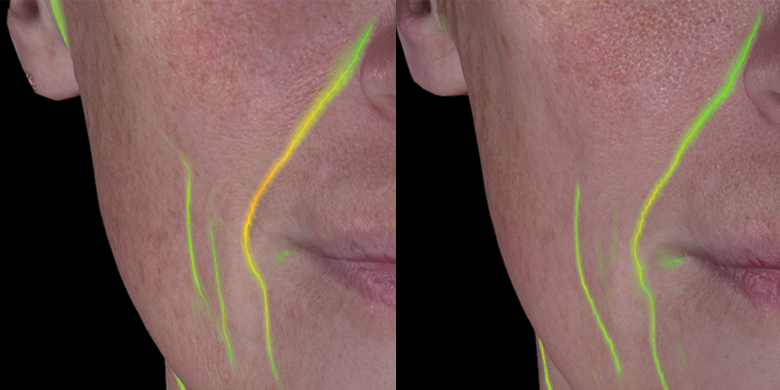
The image below shows a reduction in red areas (indicated by red heat map) in another tester after six weeks:
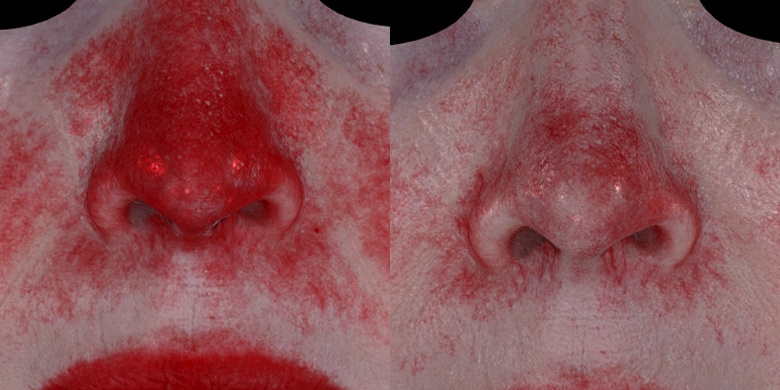
We also asked testers to rate the masks on comfort, usability and convenience.
In addition, we've given each mask a rating based on the amount of eye protection it provides. While LED masks are generally considered safe for eyes, there have been some studies that show that certain light spectrums can cause harm to the eyes under certain conditions.
Considering how frequently they are used, we think it's better to be safe, especially if a product has blue light.
Why you can trust us: at Which? we're free from manufacturer and retailer influence. Find out more about our impartiality and how your support helps us to stay editorially independent
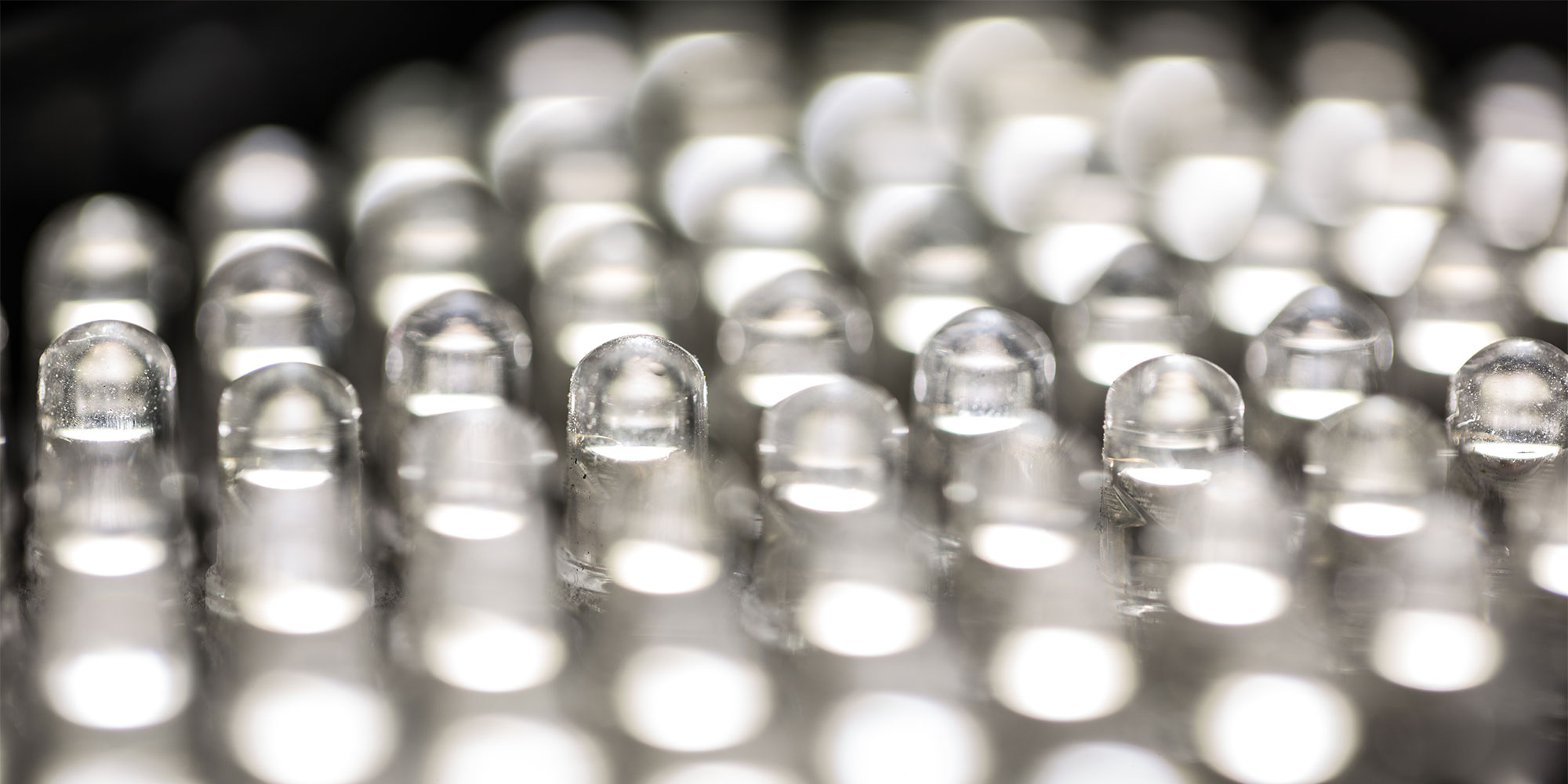
LED masks work by a process called photobiomodulation (PBM), also known as Low-Level Light Therapy (LLLT). This uses low-energy light to interact with your cells and improve their natural functions.
Different colours of light have different wavelengths, and these determine how deeply the light penetrates your skin and what biological effect it has. The most common wavelengths found in LED masks are blue, red and near-infrared light, all of which have some evidence for effects on the skin. These are:
Some masks offer different colour options such as amber, yellow, purple, white and green, all with slightly varied claimed benefits on the theme of reducing inflammation or redness, or boosting circulation and promoting healing. There is generally less evidence for these, though.
There is a reasonable amount of evidence to suggest that regular usage of LED devices probably works, according to a 2018 systematic review and more recent studies such as this 2023 study on red LED light, suggesting it can improve collagen production, reduce acne and reduce the appearance of fine lines and wrinkles.
However, there are also some uncertainties present in studies around LED therapy in general, including the use of clinical and home devices (some dermatology clinics offer light therapy in-house via a larger machine).
With LED masks, there's no agreed standard, meaning different products may use a range of brightness levels and wavelengths, so it's hard to know what you're getting.
That's why we decided it was time to do an independent consumer test to get you the answers you need.
Regular use over time is considered important for the best results.
Recommended usage times and frequencies vary from mask to mask (and may depend on the strength of the LEDs), but generally it’s advised to use a mask for between 10 and 20 minutes, three to five times a week.
Masks with stronger frequencies will only need to be used once or twice a week, while the weaker masks will require more time to have any effect.
This is something to bear in mind when choosing, as you may find it easier to stick to if you don't need to commit to it as often.

Use our expert advice and recommendations to live your best life every day.
Get started
Despite the bold claims made by brands, don't expect miraculous results.
After using LED masks for six weeks, only some of our testers saw improvements to their skin (depending on the mask used), and these were quite small changes.
It’s possible that we would see a more dramatic improvement if the masks were used for a longer period of time (and we are going to try this too), but as most masks promise effective results within six weeks, we wanted to see what the difference would be in this timeframe.
So, if you do take the plunge, know you're in for the longer haul rather than a quick fix. And if you can't commit to doing it regularly during the week, you're unlikely to see results.
What is retinol good for and what does it really do? Here's what you need to know to get started and buy the best retinol for you
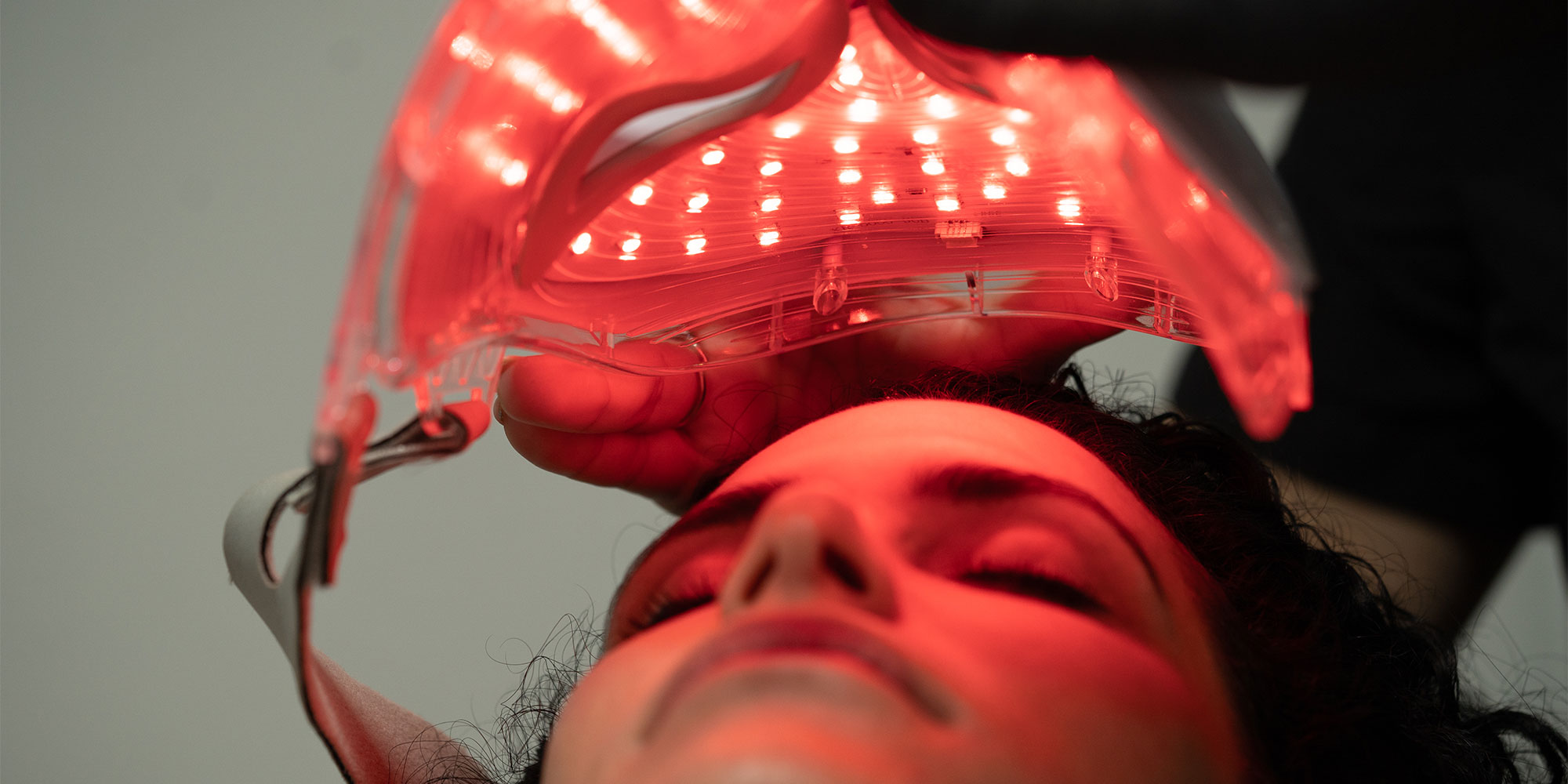
Based on all the available evidence, LED masks appear to be safe in the short term, although there is a lack of research into their long-term effects.
The area where there have been some concerns is around their impact on your eyes. There have been reports of some users with pre-existing conditions experiencing eye issues, but these reports are extremely rare. Most notably, in 2019, Neutrogena voluntarily recalled its popular LED masks after a small percentage of users (0.2%) reported eye pain, irritation and blurry vision after using the masks as directed.
Any exposure to light can, in theory, be harmful to the eyes, which is why most masks provide some form of eye protection (and indeed why we wear sunglasses).
It's important to use any eye protection provided, especially with blue light settings, where the potential for harm is higher. We've assessed each mask we've tested to see what level of eye protection they offer, and rated them, so you can buy with confidence.
If you're using skincare products or taking medications that may increase photosensitivity, you should seek advice from a health professional before using LED masks. And always check the warnings and advice on the product first.
Regarding the overall safety of LED masks, Dermatologist Dr Jonathan Kentley told us: 'For the most part, masks are pretty safe and the only reported side effects tend to be some mild discomfort and redness. A couple of masks have been withdrawn from the market in the past due to concerns about eye damage, which is worth bearing in mind. Most masks use red and near infrared light, which has the most evidence for skin rejuvenation. Some masks employ blue light treatment, which likely has some anti-inflammatory effects, particularly in the case of acne. However, evidence for blue light is much less robust, and there are concerns that high-energy visible blue light can be genotoxic, and also contribute to skin pigmentation.'

As the name suggests, hard LED masks have a rigid structure, while soft masks are soft and pliable - often made of silicone.
You might assume the softer masks are more pleasant to wear, but we received far more comfort complaints from testers using the soft masks.
‘The overall fit of the mask isn’t exactly spa-level comfort. It’s tight in all the wrong places, yet somehow still manages to slip off. I don’t have an unusually shaped head (at least I hope not), so that was a surprise.' said one tester using a soft mask.
This may be because hard masks are designed to rest on the bridge of the nose (like glasses) and tend to have more supportive straps that put a bit more weight on the top of the head. The weight of the hard mask did have its downsides, according to one tester who told us: 'The mask is quite cumbersome and easier to use while sitting or lying down.'
Testers also found them a little less claustrophobic because they typically sit slightly away from the surface of your skin, whereas soft masks wrap around the face a bit like a face mask.
However, it does depend on the mask - and your face shape. Some testers found their rigid masks a bit heavy, and the comfort factor will depend a fair bit on how well your face fits the mask shape.

James has more than 10 years of experience as a product tester and editor. He has worked as a managing editor for health, lifestyle, and home at Reviewed and USA Today.
At Which?, James is a senior researcher and writer, focusing on energy providers and health and wellbeing for our magazine and website. As well as LED masks, he is currently testing out sleep aids and setting up a user trial of collagen supplements and collagen face masks.
James is working with an industry-leading consulting dermatologist with a clinic in Harley Street, London, to assess how effective the LED masks are and analyse testers' facial scans. We won't reveal our expert yet to protect the independence and integrity of our testing.